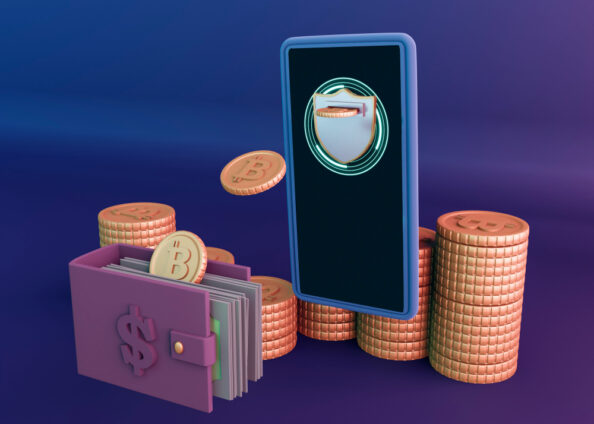
Today digital transactions are the lifeblood of our global economy, ensuring secure and seamless payment processes has become paramount. One groundbreaking solution that has emerged to address these concerns is payment tokenization. With its ability to safeguard sensitive financial data and enhance transactional efficiency, payment tokenization has become a game-changer for businesses and consumers alike.
By utilizing payment tokenization, businesses can minimize the risk of data breaches and protect sensitive customer information. Tokens are used in place of actual payment data during transactions, reducing the exposure of critical financial details to potential threats. Moreover, tokenization streamlines the payment process, enabling swift and seamless transactions across multiple platforms and devices.
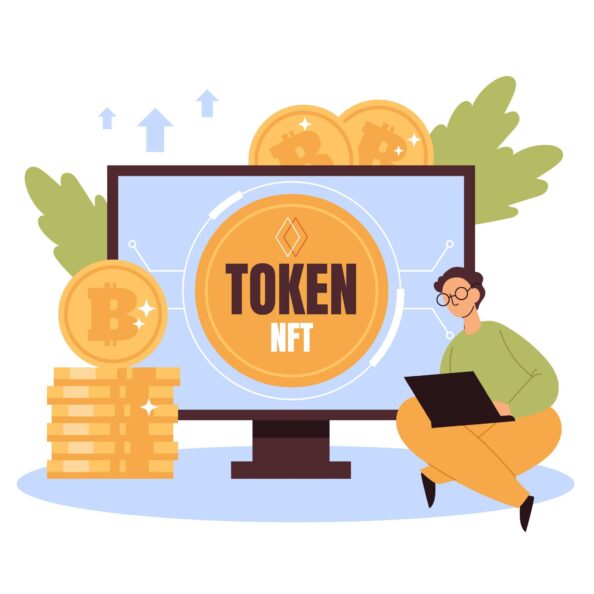
Payment tokenization is a revolutionary security technique that aims to protect sensitive payment information during digital transactions. It involves replacing credit card numbers, bank account details, or other financial data with unique identification symbols called tokens. These tokens are randomly generated and have no inherent value or connection to the original payment information, making them useless to hackers or fraudsters. The actual payment data is securely stored in a separate environment known as a token vault or secure element.
When a payment is initiated, the token is used in place of the actual payment information, ensuring that the sensitive data remains hidden from prying eyes. The token serves as a reference to retrieve the original payment details securely stored in the token vault. This process provides an extra layer of security, minimizing the risk of data breaches and protecting customer information.
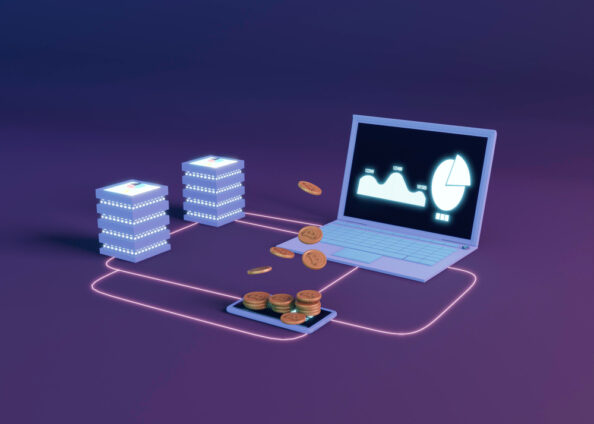
In today’s digital landscape, businesses are increasingly reliant on secure and efficient payment processes to thrive and succeed. This is where payment tokenization plays a crucial role. Implementing payment tokenization provides numerous benefits and addresses essential needs for businesses.
Firstly, payment tokenization significantly enhances security. By replacing sensitive payment information with tokens, businesses can effectively mitigate the risk of data breaches and fraudulent activities. Tokens have no intrinsic value and are useless to hackers, ensuring that customer data remains protected.
Secondly, payment tokenization streamlines the payment process. With tokens, businesses can enable faster and more seamless transactions across multiple platforms and devices. This improves customer experience, reduces cart abandonment rates, and increases conversion rates, ultimately driving business growth.
Furthermore, adopting payment tokenization helps businesses reduce compliance burdens. Storing and protecting sensitive payment information comes with legal and regulatory obligations. By implementing tokenization, businesses can offload the responsibility of storing and securing payment data to token vaults or secure elements, thereby minimizing the compliance complexities and associated costs.
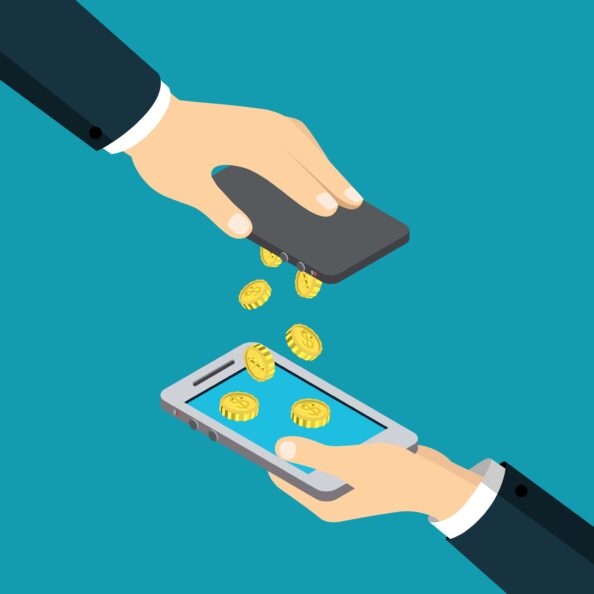
Payment tokenization is a multi-step process designed to enhance security and streamline transactions. Let’s explore each step in detail.
The process begins when a customer initiates a payment transaction by providing their payment details, such as credit card information or bank account details. This information is typically collected through a secure payment gateway or online form.
Once the payment details are collected, a unique token is generated. The token is a randomly generated alphanumeric string that serves as a substitute for the actual payment information. This token has no intrinsic value and is meaningless to anyone who doesn’t have access to the corresponding tokenization system.
The generated token is then sent to the payment processor or payment gateway. The payment processor acts as an intermediary between the merchant and the acquiring bank or payment network. The token is transmitted securely to ensure the privacy and integrity of the transaction.

Before the token is transmitted to the ACH (Automated Clearing House) network for processing, it is encrypted to provide an additional layer of security. Encryption involves transforming the token into a coded format that can only be deciphered by authorized parties. This ensures that even if intercepted, the encrypted token remains unreadable and secure.
Once the encrypted token reaches the ACH network, it is decrypted and matched with the corresponding payment information stored securely in a token vault or secure element. The ACH network then verifies the authorization of the transaction by checking the availability of funds or performing other necessary validation checks. If the transaction is approved, relevant parties, including the merchant and the customer, are notified of the successful transaction.
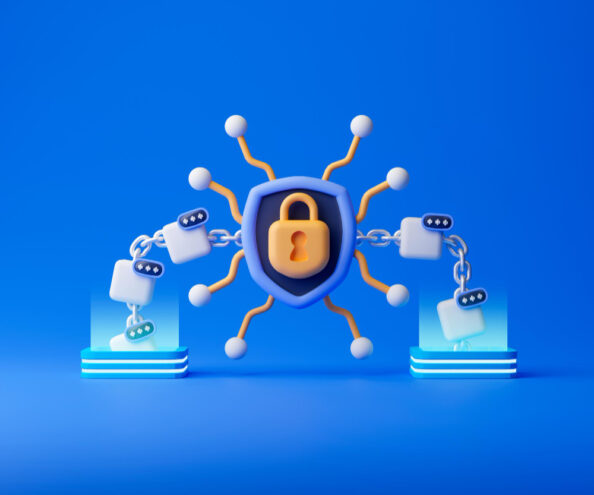
Tokenization and encryption are two distinct approaches to securing sensitive data. While they share the common goal of protecting information, they differ in their techniques and applications.
Tokenization involves replacing sensitive data, such as payment card numbers or personal identifiers, with unique symbols or tokens. These tokens have no intrinsic value and are randomly generated. The original data is securely stored separately. Tokenization provides enhanced security by rendering tokens useless to attackers and simplifies compliance efforts by reducing the scope of systems subject to regulations.
Encryption, on the other hand, transforms data into an unreadable format using cryptographic algorithms. Encrypted data can only be deciphered with a decryption key. Encryption ensures secure transmission and protects specific data fields, allowing for granular control over access. It often includes integrity checks to ensure data remains unchanged during transit or storage.
Both tokenization and encryption serve vital roles in data protection. Tokenization is effective for securing payment information and reducing compliance burdens. Encryption is valuable for securing data during transmission and protecting specific data fields. Organizations often employ a combination of these methods to achieve comprehensive data security, depending on their specific requirements and use cases.

Tokenization provides a significant boost to security by replacing sensitive payment data with unique tokens. This eliminates the need to store and transmit actual payment information, reducing the risk of data breaches. Tokens have no intrinsic value and are useless to hackers, ensuring the protection of customer data and minimizing the potential for fraudulent activities.
Tokenization enhances convenience for both businesses and customers. By eliminating the need for customers to repeatedly enter payment details, tokenization simplifies the checkout process. Customers can securely store their payment information with the token vault, allowing for quick and easy future transactions without the hassle of re-entering sensitive data.

With tokenization, payment transactions can be processed swiftly. As the payment information is securely stored and referenced by tokens, the need for additional authentication or verification steps during subsequent transactions is minimized. This results in faster payment processing times, reducing friction and enhancing the overall customer experience.
Tokenization can lead to cost savings for businesses. Storing and securing sensitive payment information come with substantial costs related to data security and compliance. By implementing tokenization, businesses can offload the burden of managing and protecting payment data to token vault providers, reducing the costs associated with maintaining secure infrastructure and meeting compliance requirements.
Tokenization enables seamless and frictionless payment experiences for customers. By securely storing payment information and generating tokens, businesses can facilitate one-click or even “0-click” payments, where customers can make purchases with minimal effort. This streamlined payment process enhances customer satisfaction, encourages repeat business, and reduces cart abandonment rates.
Tokenization instills confidence and assurance in customers regarding the security of their payment information. Knowing that their sensitive data is replaced with tokens, customers feel more secure in providing their payment details for transactions. This increased trust can help build stronger customer relationships and loyalty, benefiting businesses in the long run.
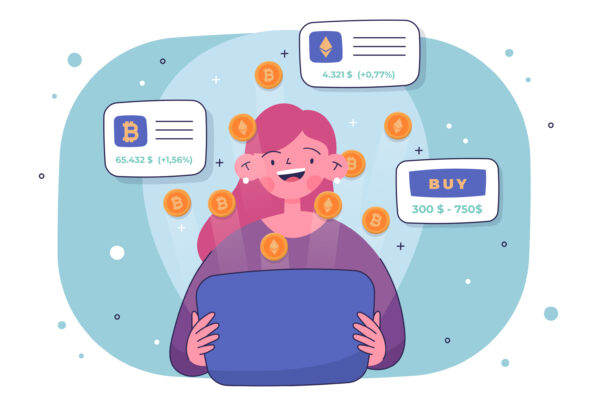
While payment tokenization offers numerous benefits, it’s important to consider potential drawbacks and limitations. Here are some cons associated with payment tokenization:
Implementing payment tokenization can be a complex process, especially for businesses with legacy systems or infrastructure. Integration with existing payment systems and platforms may require significant effort and resources.
Businesses that opt for tokenization typically rely on third-party tokenization service providers. This dependence introduces an additional layer of risk, as any vulnerabilities or disruptions in the service provider’s infrastructure could potentially impact the security and availability of tokenization services.
Tokenization primarily focuses on protecting payment card data. Other sensitive information, such as personal identification numbers or addresses, may not be included in the tokenization process. As a result, businesses need to implement additional security measures to protect these non-tokenized data elements.

While tokenization can help reduce the scope of compliance requirements, businesses still need to ensure they comply with relevant industry regulations and data protection laws. Compliance obligations may vary depending on the jurisdiction and specific industry requirements, requiring businesses to stay updated and adapt their tokenization processes accordingly.
Tokenization systems may lack standardization, leading to challenges in interoperability between different payment platforms or service providers. This can create complexities and integration issues when working with multiple partners or expanding into new markets.
Tokenization systems rely on network connectivity for secure token transmission and retrieval. If there are disruptions or network outages, it may affect the ability to process tokenized transactions, potentially causing delays or interruptions.
Storing and managing tokens in a secure manner requires robust infrastructure and processes. Businesses must ensure proper access controls, encryption, and authentication mechanisms are in place to protect the token vault from unauthorized access.
While these cons should be considered, they do not diminish the overall benefits of payment tokenization. By carefully addressing these challenges, businesses can mitigate risks and leverage the advantages of tokenization to enhance payment security and customer experience.
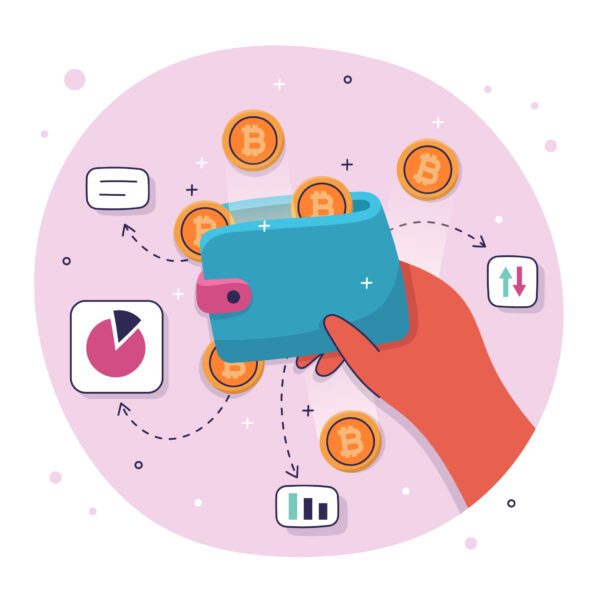
Tokenization plays a crucial role in achieving Payment Card Industry Data Security Standard (PCI DSS) compliance. PCI DSS is a set of security standards designed to protect cardholder data and ensure secure payment processing. Tokenization aligns with several key requirements outlined by PCI DSS, contributing to a business’s compliance efforts.
Tokenization helps reduce the scope of PCI compliance assessments by minimizing the exposure of sensitive cardholder data. By replacing actual payment data with tokens, businesses can limit the systems and processes that fall within the scope of PCI DSS compliance, simplifying the compliance efforts and reducing associated costs.
PCI DSS emphasizes the protection of cardholder data throughout its lifecycle. Tokenization enables businesses to store and transmit tokens instead of actual payment card data, effectively removing sensitive information from their systems. As a result, the risk of data breaches and unauthorized access to cardholder data is significantly reduced.
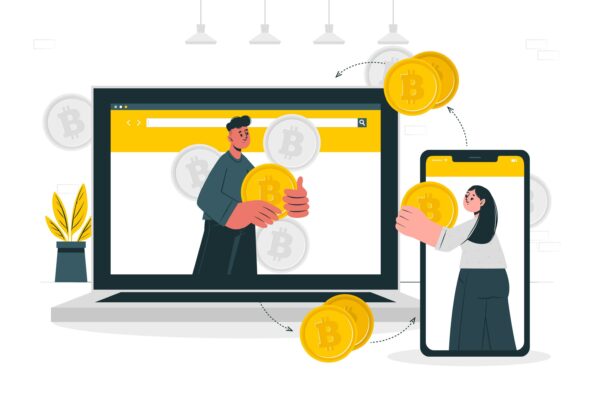
PCI DSS mandates the use of strong encryption for data protection. Tokenization often incorporates encryption as part of the process, ensuring that tokens are transmitted and stored securely. Encryption mechanisms applied to tokens provide an additional layer of protection and help meet the encryption requirements of PCI DSS.
PCI DSS requires the segmentation of cardholder data environments from other networks. Tokenization allows businesses to isolate sensitive data by storing it in a separate token vault or secure element. This segregation helps meet the requirement of keeping cardholder data separate and secure from other systems and networks.
PCI DSS compliance involves maintaining an audit trail of access to cardholder data. Tokenization systems can track and log token usage, providing an auditable record of token transactions. This aids in meeting the requirement of maintaining an appropriate audit trail as part of the compliance process.

Mobile wallets, such as Apple Pay, Google Pay, or Samsung Pay, leverage payment tokenization to enable secure and contactless transactions. When a user adds their payment card to a mobile wallet, the actual card information is replaced with a token. The token is then used for transactions, ensuring that the cardholder’s data remains protected.
Tokenization simplifies the process of recurring payments, where customers are billed automatically on a regular basis. By tokenizing the payment card information during the initial transaction, businesses can securely store the tokenized data for future recurring payments. This eliminates the need for customers to provide their card details repeatedly, streamlining the payment process and enhancing convenience.
Tokenization enables seamless one-click or “single-click” checkouts, where customers can make purchases with a single click without re-entering their payment details. E-commerce platforms and online retailers can store the tokenized payment information securely, allowing customers to complete transactions quickly and easily, improving conversion rates and reducing cart abandonment.
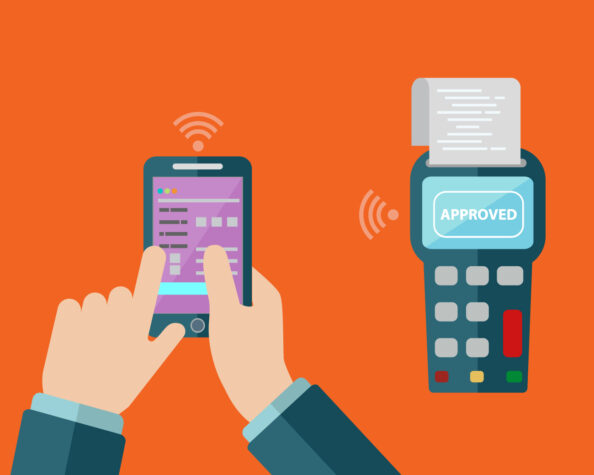
Tokenization facilitates the storage and use of card-on-file data for recurring purchases or future transactions. When customers opt to save their payment card details for future use, the card information is tokenized and securely stored by the merchant. This allows for seamless and secure transactions without the need to re-enter payment information.
Tokenization is a fundamental component of mobile payment solutions. Whether it’s in-app payments or mobile point-of-sale (mPOS) systems, tokenization enables secure and convenient transactions using mobile devices. By tokenizing payment card information, mobile payment apps can securely transmit the tokenized data for authorization, reducing the risk of exposing sensitive payment details.
Tokenization is a fundamental component of mobile payment solutions. Whether it’s in-app payments or mobile point-of-sale (mPOS) systems, tokenization enables secure and convenient transactions using mobile devices. By tokenizing payment card information, mobile payment apps can securely transmit the tokenized data for authorization, reducing the risk of exposing sensitive payment details.
These examples illustrate how payment tokenization enhances security, convenience, and speed across various payment scenarios. By replacing sensitive payment information with tokens, businesses can protect customer data, streamline transactions, and provide frictionless payment experiences. Tokenization is a foundational technology that supports the evolution of secure and innovative payment methods, enabling businesses to meet the growing demands of the digital economy.
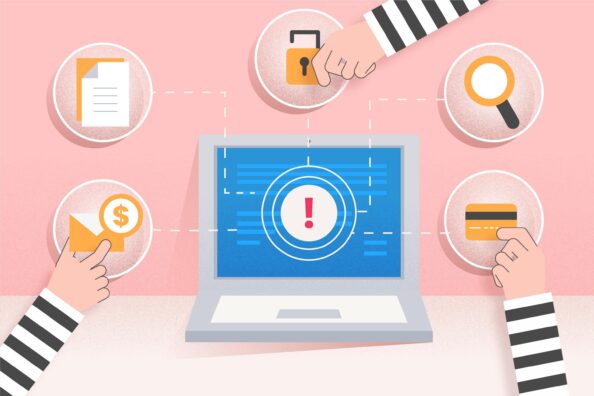
Tokenization is of significant importance for online merchants due to its impact on enhancing security, customer trust, and operational efficiency.
Firstly, tokenization helps protect sensitive payment information, reducing the risk of data breaches and fraud. By replacing actual card details with tokens, online merchants minimize their exposure to valuable customer data, making it less attractive to potential attackers.
Secondly, tokenization instills trust in customers. With the increasing prevalence of data breaches, customers are concerned about the security of their payment information. Tokenization reassures customers that their data is being handled securely, improving their confidence in making online purchases and fostering long-term relationships with the merchant.
Furthermore, tokenization simplifies the payment process and improves operational efficiency. By securely storing tokens, merchants can enable streamlined checkout experiences, including one-click purchases, recurring payments, and card-on-file transactions. This convenience reduces friction in the payment journey, resulting in higher conversion rates and improved customer satisfaction.
Overall, tokenization is crucial for online merchants as it addresses security concerns, builds trust with customers, and streamlines payment processes. By implementing tokenization, merchants can protect sensitive data, enhance customer experiences, and stay ahead in the competitive e-commerce landscape.
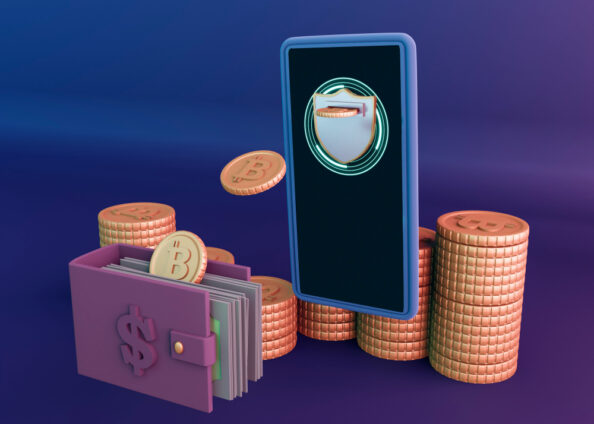
Payment tokenization is a powerful technology that revolutionizes the way sensitive payment information is handled and secured. By replacing actual payment card details with unique tokens, businesses can enhance security, convenience, and customer trust in various payment scenarios.
The benefits of payment tokenization are manifold. It significantly reduces the risk of data breaches and fraud, as tokens hold no intrinsic value to potential attackers. This bolstered security not only protects sensitive customer data but also helps businesses meet compliance requirements and alleviate the associated costs and complexities.
As the digital landscape continues to evolve, payment tokenization will remain a key technology in safeguarding sensitive payment data, improving customer experiences, and driving the growth of secure and efficient payment ecosystems. By leveraging the power of tokenization, businesses can position themselves at the forefront of secure payment innovations and meet the evolving demands of the modern consumer. Contact our security token offering developers and consultants who can help to reach more.